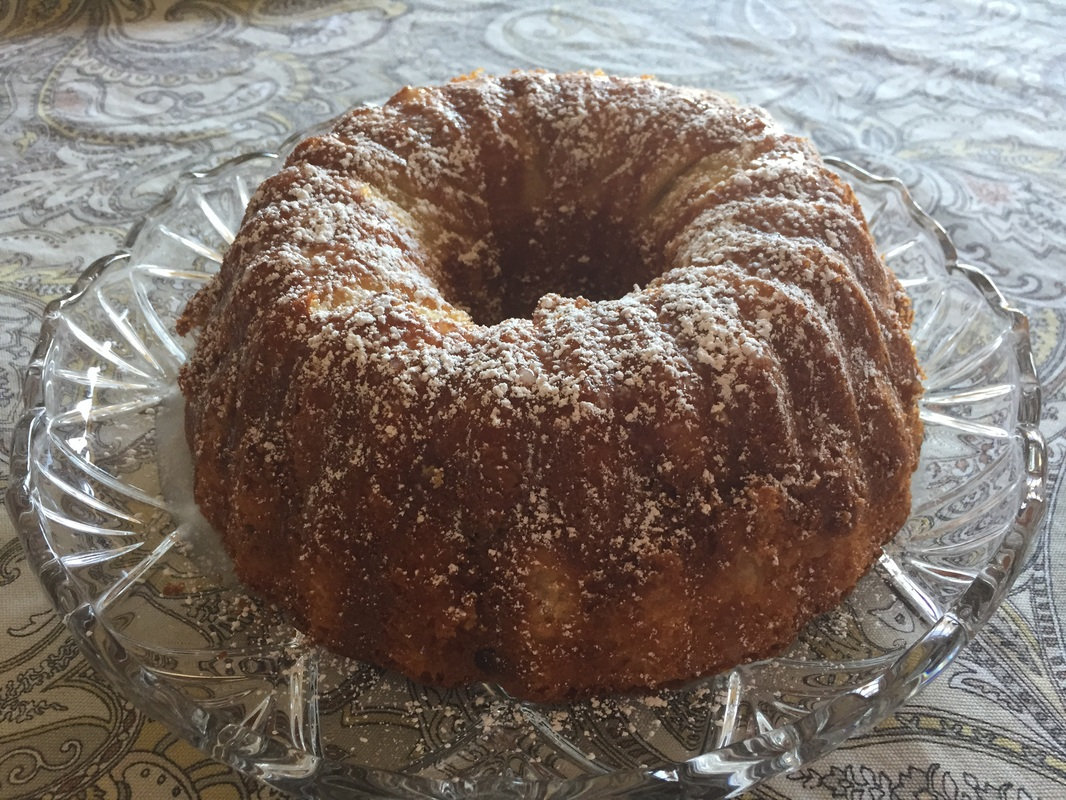Sausage: A Global History
Thursday, October 08, 2015 | By: Becky Diamond
Gary Allen’s delightful new book, Sausage: A Global History, tells the fascinating back-story of sausages and how they evolved into the tasty, flavorful packages found in cuisines around the world. As Allen duly notes, “today sausages are equally at home in street vendors’ carts and in white-tablecloth dining establishments.”
Long ago, our ancestors figured out that the intestines, stomachs, bladders and skins of animals could be useful containers for all the scraps of meat and organs that might otherwise be wasted. So, while it is true that sausage may have started out as “the efficient use of every part of a slaughtered beast,” Allen colorfully describes how they progressed to become “the darling of diners – daring and otherwise.”
Although pork and beef are the ubiquitous varieties, lots of meats have been made into sausages, including lamb, goat, horse meat, offal, poultry, seafood, and even elephant. Some cultures even have vegetable and grain sausages that predate the modern vegetarian craze.
Allen covers in detail all the diverse and interesting ingredients that provide flavor and texture to these juicy parcels. He discusses some that might seem kind of unusual, including almonds, pistachios, walnuts, pine nuts, cinnamon and nutmeg, as well as more commonly recognized sausage flavorings such as sage, fennel, and garlic. Many of these combinations are a result of the meshing together of various cuisines as they conquered and/or developed trade routes with other regions. Local ingredients were integrated with those from exotic locales to create unique taste sensations.
Sausage cooking and preserving methods are as varied as the ingredients, which results in a rainbow of hues for the finished product. A colorful lot, sausages range in color from the very pale German Weisswurst, which is white because it is unsmoked and contains no nitrites that would turn it pink, to very dark smoked and blood sausages.
Blood is an ingredient that shows up in the earliest sausage references, reflecting the ‘no-waste’ attitudes of the past. Pigs blood is most commonly used – in addition to providing the sausage with a dark color, it also flavors the sausage. Although many might be squeamish about giving it a try, Allen notes that blood sausages are alive and well - part of a trend that is linked to the Slow Food movement, as well as a desire for folks to show respect for the animals we eat, and to explore the taste of history that would otherwise be lost – a way of reviving the kind of frugality that led to the invention of sausages.
Chock-full of historical nuggets and informative references to the present day, this book is a mouthwatering look at this important food that has stood the test of time. Descriptive photos and illustrations are peppered throughout. For those hungering for a taste, Allen provides a selection of sausage recipes – the Orecchiette with Broccoli Rabe and Sausage is definitely on my list of those to try:
Orecchiette with Broccoli Rabe and Sausage
Orecchiette (‘little ears’) are a favourite form of pasta in Apulia, the ‘heel’ of Italy’s boot. Some purists object to the inclusion of sau- sage in this dish, but the sweetness of the pork provides a lovely counterpoint to the bitter greens.
- 1 large bunch broccoli rabe (rapini), rinsed and chopped 3 tbsp olive oil
- 4 garlic cloves, chopped
- 1⁄2 tsp crushed chilli (red pepper) flakes
- 2.3 kg (1 lb) Italian Sausage, as above, crumbled
- 450 g (1 lb) dried orecchiette, or medium pasta shells salt and pepper, to taste
- grated Pecorino Romano cheese, to serve
In a large pot of salted water, cook the broccoli rabe until bright green. Shock the greens by placing them in a bowl of iced water, but do not discard the cooking water.
Sauté the garlic and chilli flakes in olive oil, until the garlic just begins to colour. Add the sausage and begin to cook, stirring to brown it evenly. While the sausage is cooking, add the pasta to the broccoli rabe’s cooking water and cook until almost done (it will finish cooking in the sauce).
When the sausage is browned, add the blanched and drained broccoli rabe to the pan, and heat through. Add the nearly cooked pasta to the sausage and greens and toss until tender and well- coated. You may need to moisten the mixture with a little of the cooking water. Toss to finish cooking the pasta in the sauce.
Taste for seasoning, and serve with grated Pecorino on the table.
Serves 4
(Recipe from Sausage: A Global History by Gary Allen, Copyright 2015)






Leave a comment
0 Comments